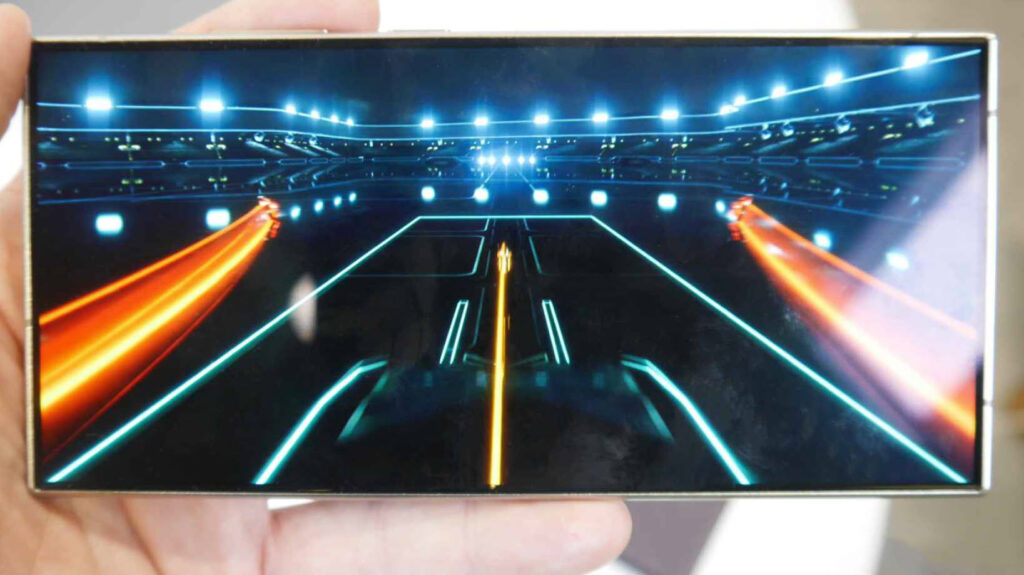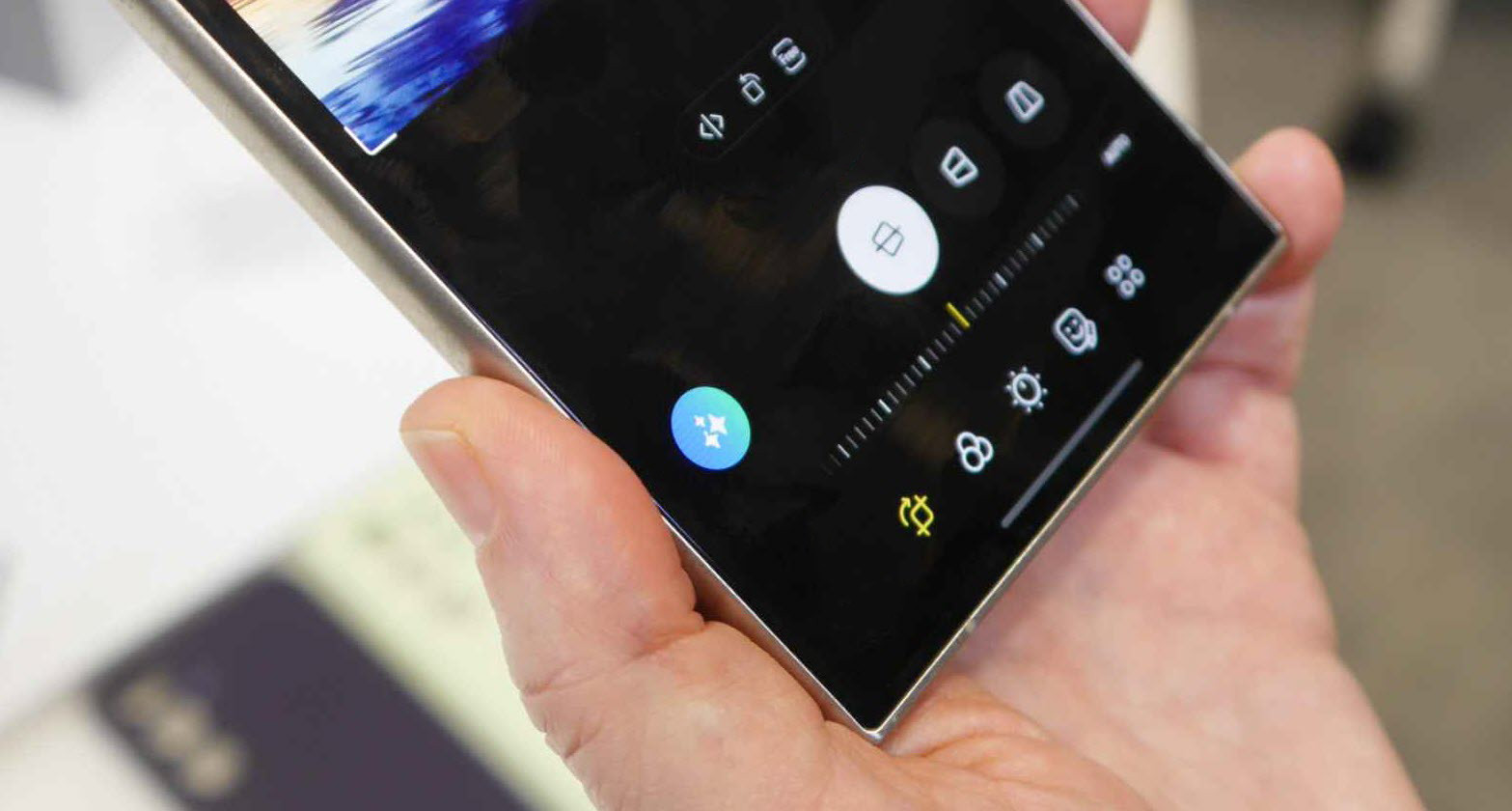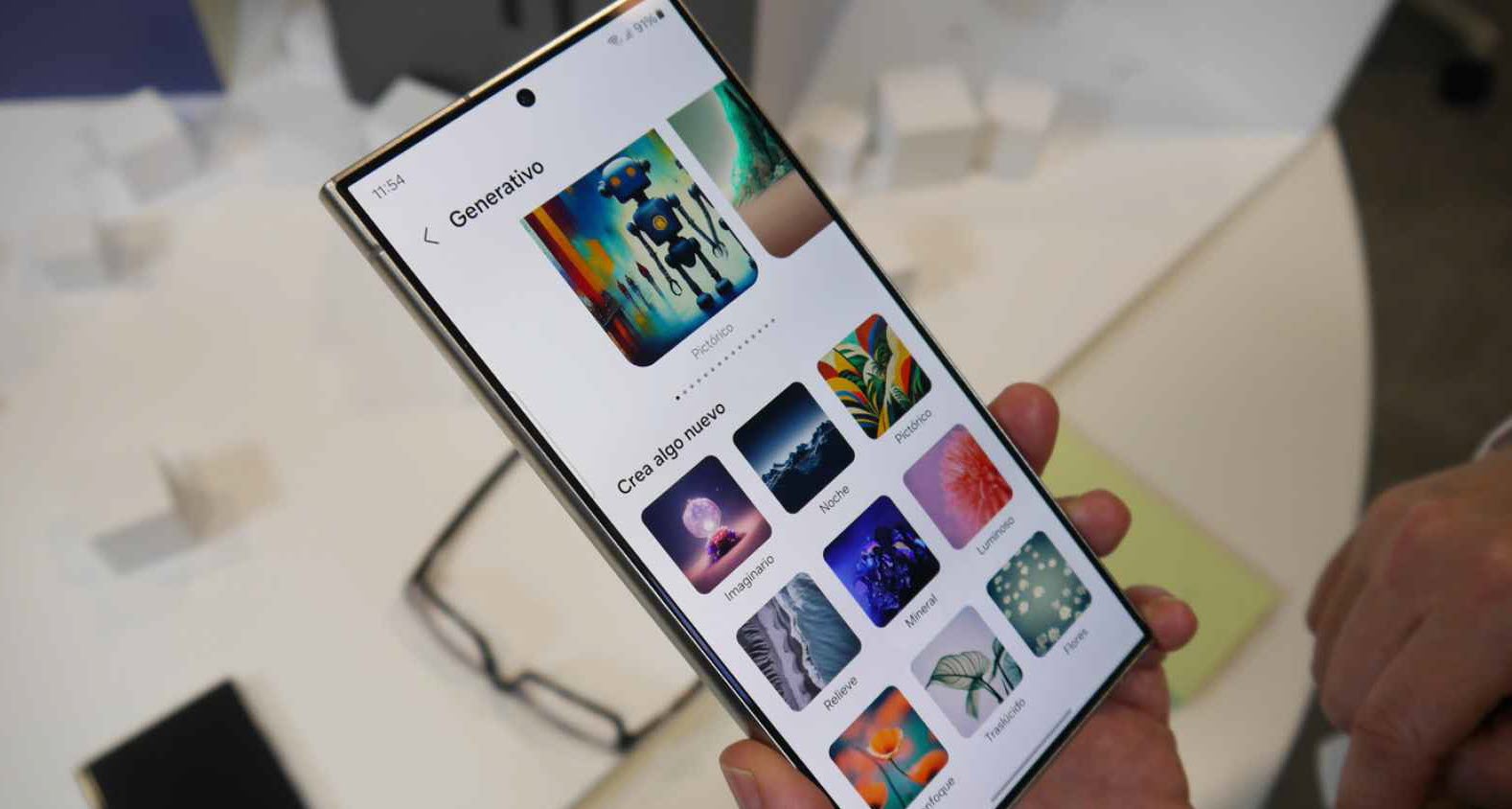Smartphones & Tablets | February 12, 2024

Samsung has announced its new family of high-end smartphones, the Samsung Galaxy S24, in an event held in San Jose, United States. These three models maintain a consistent design with previous generations but come loaded with innovations thanks to artificial intelligence.
This technology, which has been a surprise in 2023, now arrives at one of the world’s best-selling mobile phone brands with a strong integration that changes and improves the way we interact with phones. While none of the features integrated into the S24 Series may be new, the ability to have them all on the mobile device can be notably innovative.
In the hours we had to test these three models, it felt like we were on the cusp of a revolution, akin to when mobile phones started having integrated cameras. Yes, there were cameras before, but having one always in your pocket changed everything. Something similar could happen here.
Despite many users using Google Photos as their gallery app, many Samsung users still use the manufacturer’s own app with the same name to view and edit photos. This app already allowed things like object removal and image remastering, increasing quality, etc.
These functions remain, but they have now been enhanced in two ways. Firstly, the system offers improvement suggestions when opening a specific photo. This is possible thanks to artificial intelligence, which detects what is in the photo. For example, in a portrait, it suggests blurring the background with a fairly well-executed crop. In a black and white image, it can even add color. This, along with the remastering option, can make the S24 a perfect tool for retouching old printed photos.
In the gallery, AI can also be used to select an object in an image, move it, or change its size. Even when straightening a tilted photo, image generation is used to fill in the edges, avoiding the loss of part of the photograph as was common before when cropping. The only thing we missed is the ability to enlarge an image using AI without having to rotate it first.
All functions related to artificial intelligence will be identifiable by an icon with three stars. Interestingly, it closely resembles Samsung’s original logo, which, in Korean, means exactly that: three stars. This logo will appear on images retouched with AI, indicating that they are not ordinary photos.

Another novelty that comes with AI is the ability to search for what appears on the screen by simply pressing the home button of the three at the bottom (or the gesture bar if that navigation method is used). When done, you can use your finger or the S-Pen to mark an area, and the system will conduct a Google search for that image. Additionally, any video stored in the phone’s gallery can be viewed in slow motion by simply holding a finger on the screen. The AI will generate the necessary frames in real-time to provide the expected smoothness. This function requires that the videos be physically on the phone and that the Gallery app be used.
Image generation has become one of the most used and valued functions of artificial intelligence. Tools like Midjourney or Dall-E 3 are incredibly powerful, but using them requires installing apps, signing up for services, and sometimes paying.

If you want to generate an image for use as a wallpaper, this is much easier on the S24 Series. Just go to generative fill in the Wallpaper menu and select three different parameters from the dozens proposed. With a very simple interface, the system will create multiple images with the chosen theme, tones, and style. The interface is the same as seen on Pixel phones, so it is very likely that Samsung borrowed it from Google.
Just like with the gallery app, Samsung’s web browser also receives new features. Among them, the option to summarize an especially long web page with a single touch stands out. Additionally, this summary can have a slightly larger breadth for more context.
Similarly, it is possible to translate both the web page and its summary, making it incredibly easy and fast to obtain information from long articles in other languages. Obviously, these functions are not available in Chrome or other browsers.
But possibly the app that has received the most updates is the Notes app. With the help of artificial intelligence, handwritten texts with the S-Pen can be converted into editable text. You can also automatically format a text with its title, sections, and other sections. And if there are doubts about spelling, they can be corrected with the press of a button, highlighting the corrections.
These novelties are added to the ability to summarize or translate a text, as seen in the web browser. In addition, different virtual notebooks with associated notes can be customized not only with icons but with designs created with AI that depend on the text of the notes themselves.
Where artificial intelligence also shines is in translation and dubbing functions, as explained in detail in Omicrono. The S24 Series has an interpreter mode, which is opened from the quick access section—no need for a separate app—to be able to speak in one language and listen in another.
There are also real-time calls that are translated and transcribed, perfect when you need to speak with someone whose language you do not know. And if you prefer to chat instead of talk, you can do so via SMS or WhatsApp, for example, as long as you use the Samsung keyboard.
The last major app revamped with AI is the recorder, which can transcribe a recorded audio and display the audio part of each word. It also allows summarizing the entire recording, indicating when different speakers talk, and even formatting the final text for use in different applications.
As mentioned at the beginning, Samsung’s artificial intelligence features do not represent a revolution. We could already summarize texts, transcribe audios, edit images… But for this, different apps, tools, and web platforms were needed, and in many cases, payment was required.
Samsung has not only integrated all of this into its three Samsung Galaxy S24s but has done so in a very user-friendly way. And it’s free. Obviously, to use these functions, the phone must have a processor designed for it, preventing other phones from being updated with this software.
What we do hope is that, gradually, these functions become more numerous, more useful, and, little by little, can reach mid-range models of future generations. This could make AI something normal in the everyday use of our phones. Like the camera is.